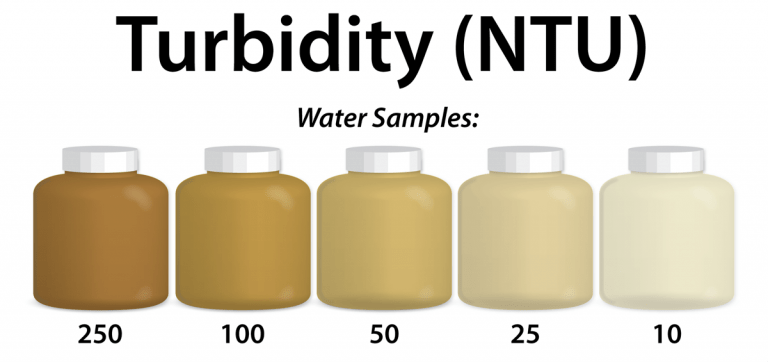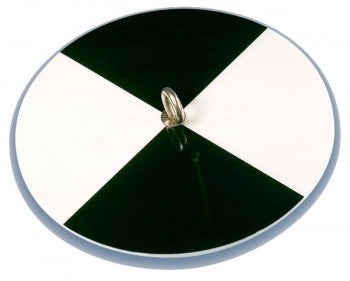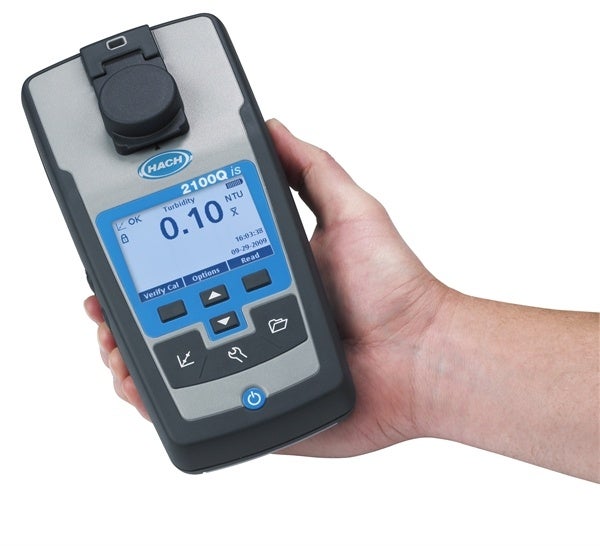Turbidity measures the cloudiness/haziness of a fluid. It is a key test for water quality, turbidity is caused by particles of varying size scattering/absorbing the light and creating a cloudy appearance. The turbidity of a sample will increase with the amount of undissolved solids present.


Turbidity Tubes and Secchi Disks
The simplest and lowest cost way to measure the turbidity of a sample is a turbidity tube. This is a tube with a black cross at the bottom. The user simply keeps pouring water into the tube until they can no longer make out the black cross at which point you can read off the scale on the outside of the tube in NTU. Secchi disks work on a similar principle. A coloured disk mounted on a line is lowered slowly down into the water. When the disk is no longer visible, the length of line lowered is measured and converted into NTU. However simple these methods are, they cannot measure very low turbidity and are not very precise, relying on the user to be consistent in their judgements.


Secchi Disk
To get a more accurate measurement, optoelectronic meters are used which emit a known intensity of light through a sample, which is scattered/absorbed by the particles in the sample. So this scattered light is then detected and measured to give a turbidity reading. These can be classed in two categories as stated in ISO 7027-1:2016. Water quality Determination of turbidity: 1) nephelometry for water of low turbidity (<40 NTU) where the scattered light is measured at a 90° angle. 2) turbidity applicable for highly turbid waters (500-1000 NTU) that are visibly coloured are measured at 180°.


Tungsten Portable Turbidimeter – Hach 2100Q
Turbidity Meters
Turbidity meters either emit white light or has an infrared light source. To comply with EPA 180.1 method you will need a tungsten type meter. For most other applications an ISO specified design turbidity meter with an infrared light source can be used. Infrared light sources minimise or even eliminate the influence of colouration in a sample. Whereas a white light source in a coloured solution would be inaccurate. Infrared however has less sensitivity. When you have a nearly clear sample containing small particles and a low turbidity, in which case white light meters should be used. This is because small particles tend to scatter less light at the infrared wavelength however they would be picked up by the white light.
For more information about our range of turbidity meters or water testing in general please get in touch with one of our technical team on 01954 233 120, support@camlab.co.uk or fill in the form below.





































